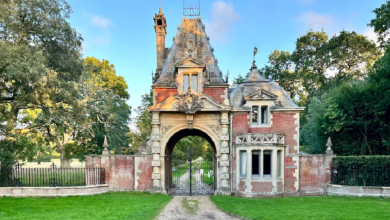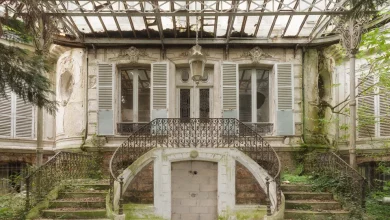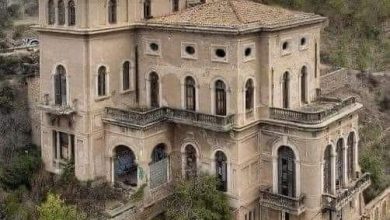Abandoned Mansion, Amazing Beauty – Villa Nölle in Grunewald
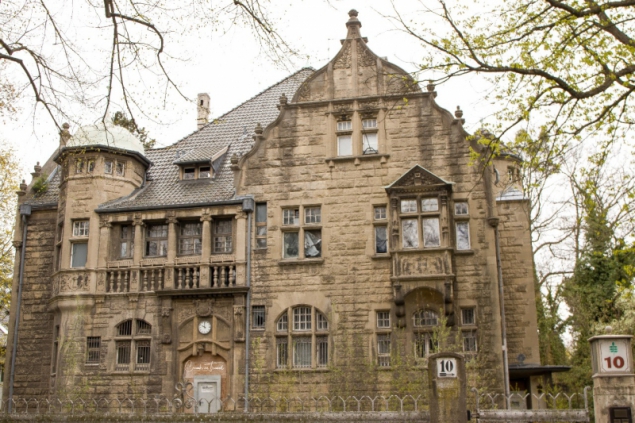
The mansion is situated in the Grunewald district which is already known for being one of the best parts of the city. The first owner was a certain Franz Pietschmann. Ernst Nölle who was involved in the steel industry bought the place in 1899 and built the mansion in the following years. He lived in the mansion with his wife and their five children. I just can imagine the joy of playing in the huge park-like garden just right to a lake, the Dianasee.
The villa was sold already in the twenties, then several times again. A master painter bought the house in the seventies and refurbished it with love and passion for the place.
Today the owner is a Russian woman who is not doing anything to the house which is going back into ruin unfortunately. It’s really a pity!
Very interesting is the gate design with rose leaves and – so it seems to me – grapes. Also, we found a plaque that says ‘Rosenbaum Museum’. The clock on top of the entrance door looks like a station clock.. very strange!
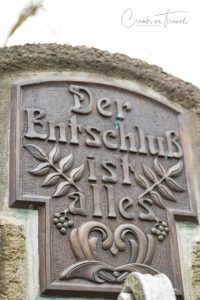
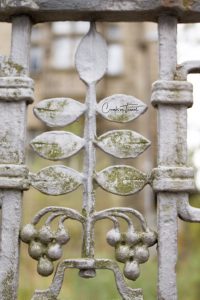

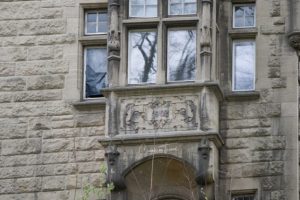
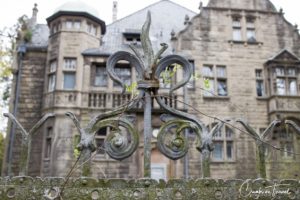
And one of the most precious comment about it was :
The clock over the door was added in the 70’s. It’s tacky, and does not belong there. The half moon over the front door used to be beveled glass. The second floor room to the left was the bedroom and music room of my two aunts from 1920-1924, until they married in a double ring ceremony at the Kaiser Wilhelm church. Their wedding gift was a funished apartment for each auf der Lietzenburgerstrasse. My grandfather purchased this house in 1920, and resided there with his three daughters, (a widower twice) with my step-grandmother, and twelve servants, until 1938.
In my grandfather’s time, the two rooms my aunts occupied were their bedroom, and music room. The balcony was tastelessly incorporated into the indoor structure to make more square footage for apartments.
I have heard many stories of the goings-on inside this house, and garden.
My mother grew up in this house from 1920 until 1936. My grandmother took me into the front door when I visited Berlin in 1971. She was shocked to see a cement stairwell and a baby carriage under the steps. In her time, there were three interior steps, each wall lined from floor to ceiling with a curved brass wall, leading up the steps, into the vestibule. What a shock it must have been for her to see the building stripped. The double floor of the hall was closed in to make additional living space for apartments. It is sad to see this historic building in such shape, but the roof looks good, and that is THE most important thing on any building.

